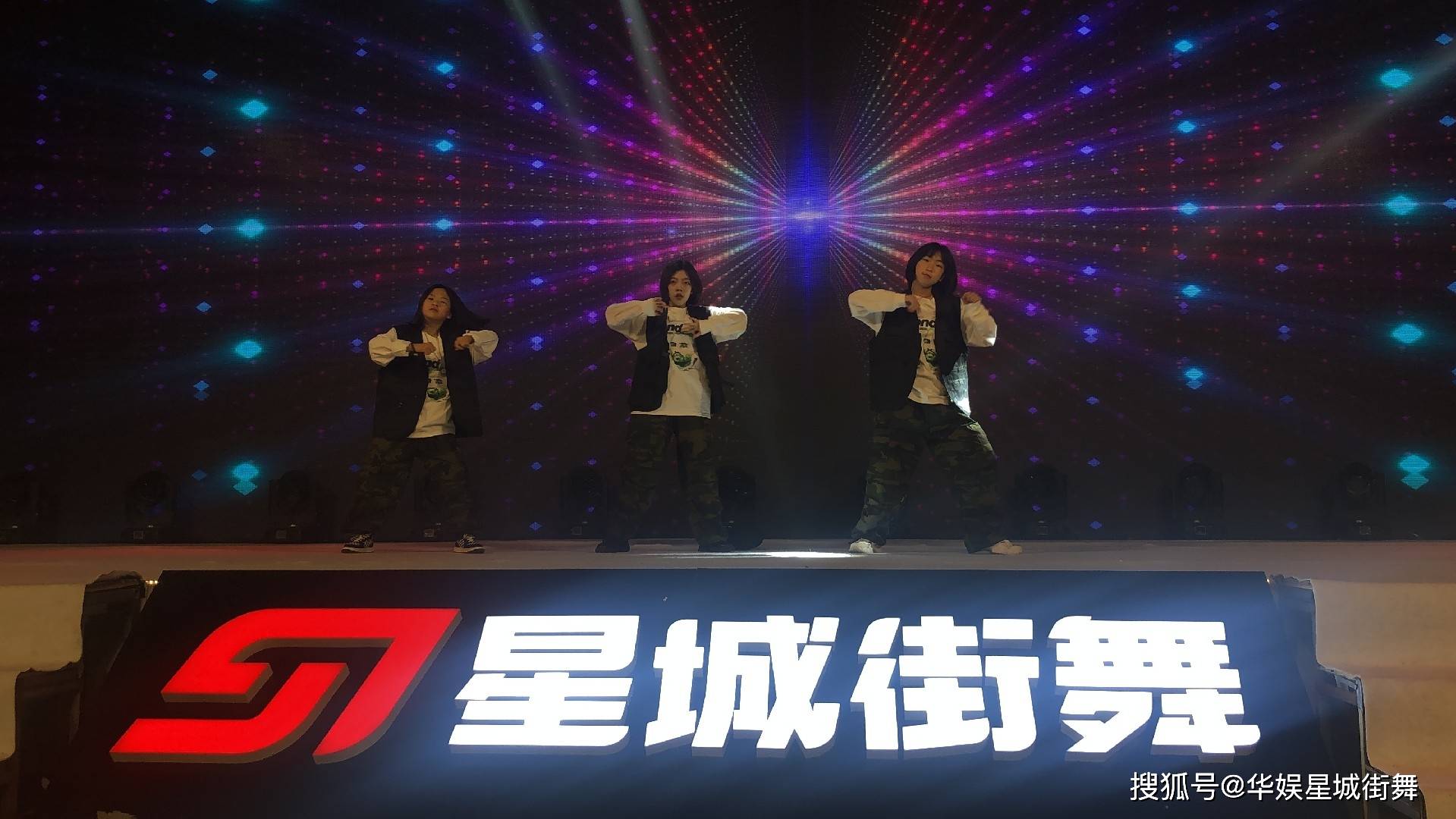
The Relationship between Present Participle and Past Tense in the English Language
In English grammar, the present participle and past tense are two important forms of verbs that serve different purposes in constructing sentences. Understanding the relationship between these forms can help improve your overall grasp of the language.
Present Participle
The present participle is a verb form that typically ends in -ing (e.g., dancing, singing, playing). It is used in various ways, such as forming continuous tenses (e.g., “I am dancing”), gerunds (e.g., “Dancing is fun”), and participial phrases (e.g., “Dancing in the rain”). The present participle indicates an ongoing or continuous action in the present or future.
Past Tense
The past tense, on the other hand, is a verb form that indicates an action that has already happened or been completed. Regular verbs in English form the past tense by adding -ed to the base form (e.g., danced, played). Irregular verbs, however, have unique past tense forms that do not follow this pattern (e.g., went, sang).
When using the present participle and past tense together in a sentence, it is essential to maintain consistency in verb forms to ensure clarity and accuracy. For example, “She was dancing when he arrived” combines the past tense “was” with the present participle “dancing” to convey an ongoing action in the past.
By mastering the usage of present participles and past tense forms, you can enhance your ability to communicate effectively in English and express yourself with precision. Practice using these verb forms in different contexts to familiarize yourself with their nuances and applications.



